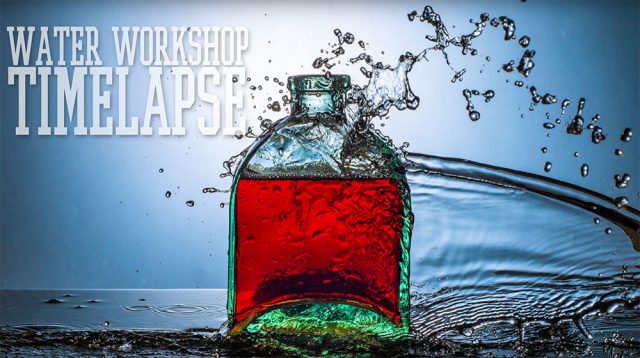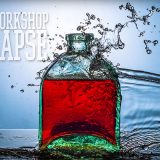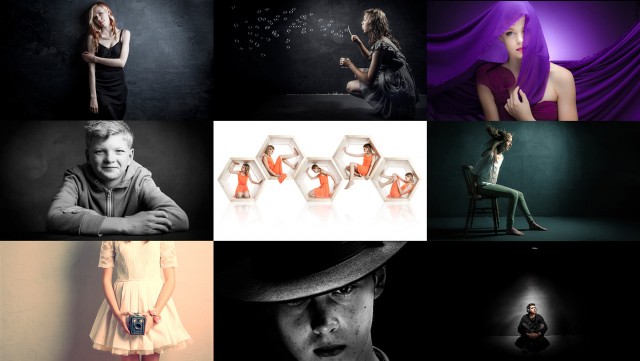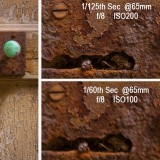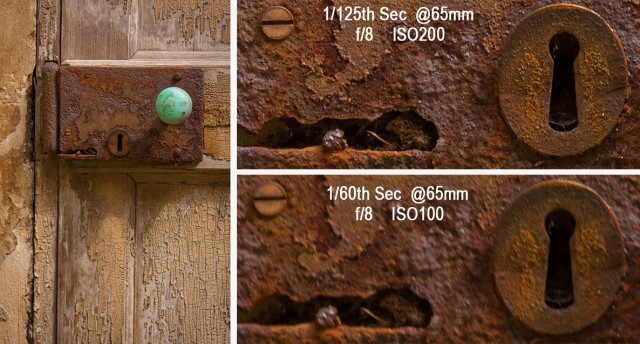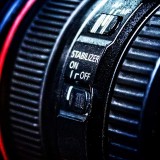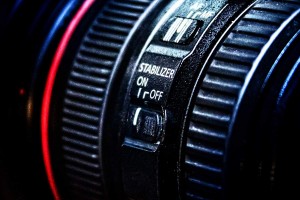 Canon calls it image stabilisation, Nikon uses vibration reduction and Sigma has Optical Stabilizer. The name may be different but the aim is the same. IS, VR and OS all promise the chance to shoot sharper shots at slower shutter speeds.
Canon calls it image stabilisation, Nikon uses vibration reduction and Sigma has Optical Stabilizer. The name may be different but the aim is the same. IS, VR and OS all promise the chance to shoot sharper shots at slower shutter speeds.
I love Image stabablised lenses but they can’t work miracles, so lets dispel a few myths.
IS lenses will stop blurred images
Image stabilisation will certainly reduce camera shake and often by a considerable amount, but let your shutter speed drop to low and your photo will still blur because of camera shake. Although image stabilisation will lower the shutter speed at which camera shake blur will happen, it can’t completely remove it.
Of course IS can do nothing to stop motion blur which is when your subject moves during the exposure.
My advice… I love IS lenses but beware of their limitations
IS must be switched off when using a tripod
Generally speaking this is a good idea. Many IS system get a little confused by tripods which can lead to soft or blurred images, but as you can see in this video I leave my IS turned on when using a tripod.
So am I risking my photos being blurred? Well I’ve lost count of how many times people have pulled me up on it. The thing is many image stabablised lenses, including my Canon 24-105L, are what’s known as tripod aware which means the IS switches itself off when it’s not needed.
Whilst it’s fine to switch IS off on tripod aware lenses, you do run the risk of forgetting to switch it back on.
My advice… If you’re not sure if your IS lens is tripod aware then switch it off.
IS can replace a tripod
No image stabilisation system can completely replace a tripod but if I’m honest it can reduce the need for a tripod.
Tripods allow super long exposure, slow you down (which is good for composition) and give unrivaled sharpness to a photo.
My advice… You can’t beat a tripod but you don’t always need one.
IS lenses are always sharper
Well no, not always. As a general rule to avoid camera shake you want your shutter speed to be equal, or better still, double the lens focal length for a sharp shot. So when I’m hand holding a 200mm lens, I like my shutter speed to be 1/400th second or more.
If it suddenly drops to 1/100th sec, an IS lens will give a sharper shot every time. However what if you’re using the same 200mm lens and your shutter speed is 1/2000th second? In that case the advantage of IS lenses is the square root of nothing.
My advice… Non IS lenses are just as good as IS lenses at fast shutter speeds.
IS, VR, OS… they’re all the same
Well nearly. Some IS systems are better at stabilising then others. You’ll often see then rated as the number of stops improvement you’ll get. The best IS lenses offer around 4 stops but there’s more to it then that.
Many lenses will have more then one mode of stabilisation. For example you may get a general IS and a panning IS settings. The panning setting will reduce vertical shake only, which can be very handy for sports photographers.
My advice… More stops of IS means more money but buy the best you can afford.
